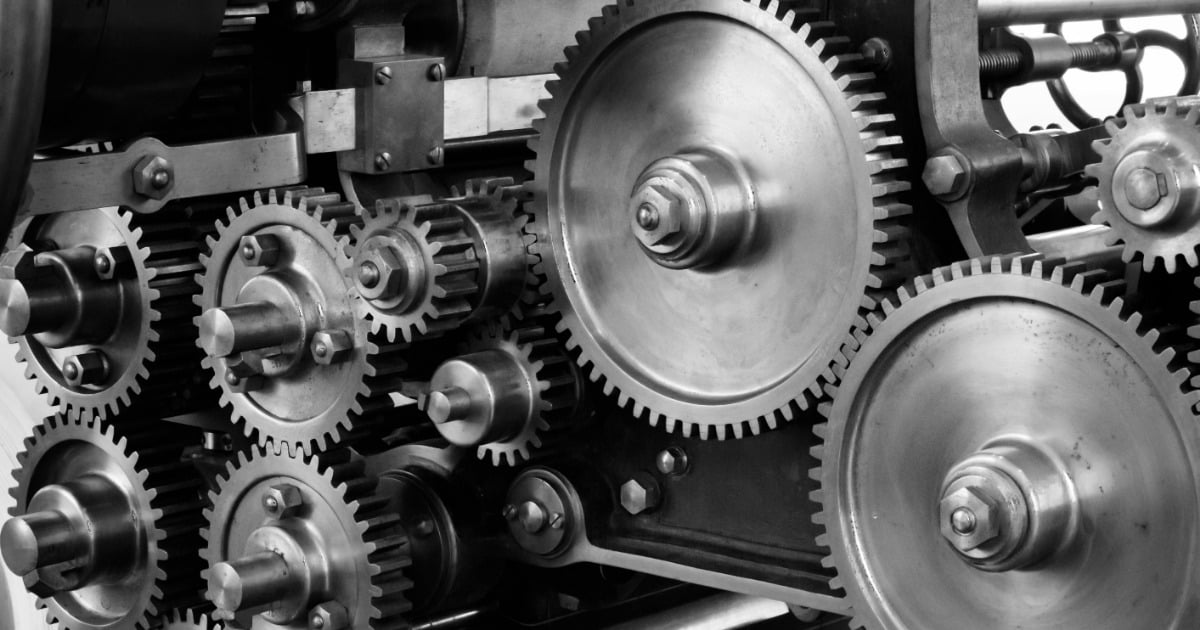- 2.5Impact Factor
- 5.5CiteScore
- 20 daysTime to First Decision
Design, Development, and Characterization of Advanced Materials for Modern Industry
This special issue belongs to the section “Materials Science and Engineering“.
Special Issue Information
Dear Colleagues,
This Special Issue is dedicated to the latest advances in the field of advanced materials, with a particular focus on their fabrication, development, and characterization for modern industrial applications. The aim is to bring together innovative research papers and critical reviews that illustrate new directions and trends in materials engineering.
We invite contributions that address, but are not limited to, the following topics: innovations in composites, ceramics, metals, and polymers; advanced material manufacturing and processing techniques; detailed characterization of the physical, chemical, and mechanical properties of materials; applications of advanced materials in key industry sectors such as automotive, aeronautics, biomedicine, and electronics; sustainability and the environmental impact of advanced materials; and case studies and industrial applications that demonstrate the benefits of adopting new materials.
Selected papers will highlight the significant impact of advanced materials on performance, efficiency, and innovation within modern industry. This Special Issue will provide a documentation of current knowledge for researchers, engineers, and industry professionals.
Dr. Madalina Simona Baltatu
Guest Editor
Manuscript Submission Information
Manuscripts should be submitted online at www.mdpi.com by registering and logging in to this website. Once you are registered, click here to go to the submission form. Manuscripts can be submitted until the deadline. All submissions that pass pre-check are peer-reviewed. Accepted papers will be published continuously in the journal (as soon as accepted) and will be listed together on the special issue website. Research articles, review articles as well as short communications are invited. For planned papers, a title and short abstract (about 250 words) can be sent to the Editorial Office for assessment.
Submitted manuscripts should not have been published previously, nor be under consideration for publication elsewhere (except conference proceedings papers). All manuscripts are thoroughly refereed through a single-blind peer-review process. A guide for authors and other relevant information for submission of manuscripts is available on the Instructions for Authors page. Applied Sciences is an international peer-reviewed open access semimonthly journal published by MDPI.
Please visit the Instructions for Authors page before submitting a manuscript. The Article Processing Charge (APC) for publication in this open access journal is 2400 CHF (Swiss Francs). Submitted papers should be well formatted and use good English. Authors may use MDPI's English editing service prior to publication or during author revisions.
Keywords
- characterization and fabrication, innovations in composites, ceramics, metals, and polymers
- material manufacturing and processing
- physical, chemical, and mechanical properties
- applications of automotive, aeronautics, biomedicine, and electronics
- sustainability and the environmental impact

Benefits of Publishing in a Special Issue
- Ease of navigation: Grouping papers by topic helps scholars navigate broad scope journals more efficiently.
- Greater discoverability: Special Issues support the reach and impact of scientific research. Articles in Special Issues are more discoverable and cited more frequently.
- Expansion of research network: Special Issues facilitate connections among authors, fostering scientific collaborations.
- External promotion: Articles in Special Issues are often promoted through the journal's social media, increasing their visibility.
- e-Book format: Special Issues with more than 10 articles can be published as dedicated e-books, ensuring wide and rapid dissemination.

